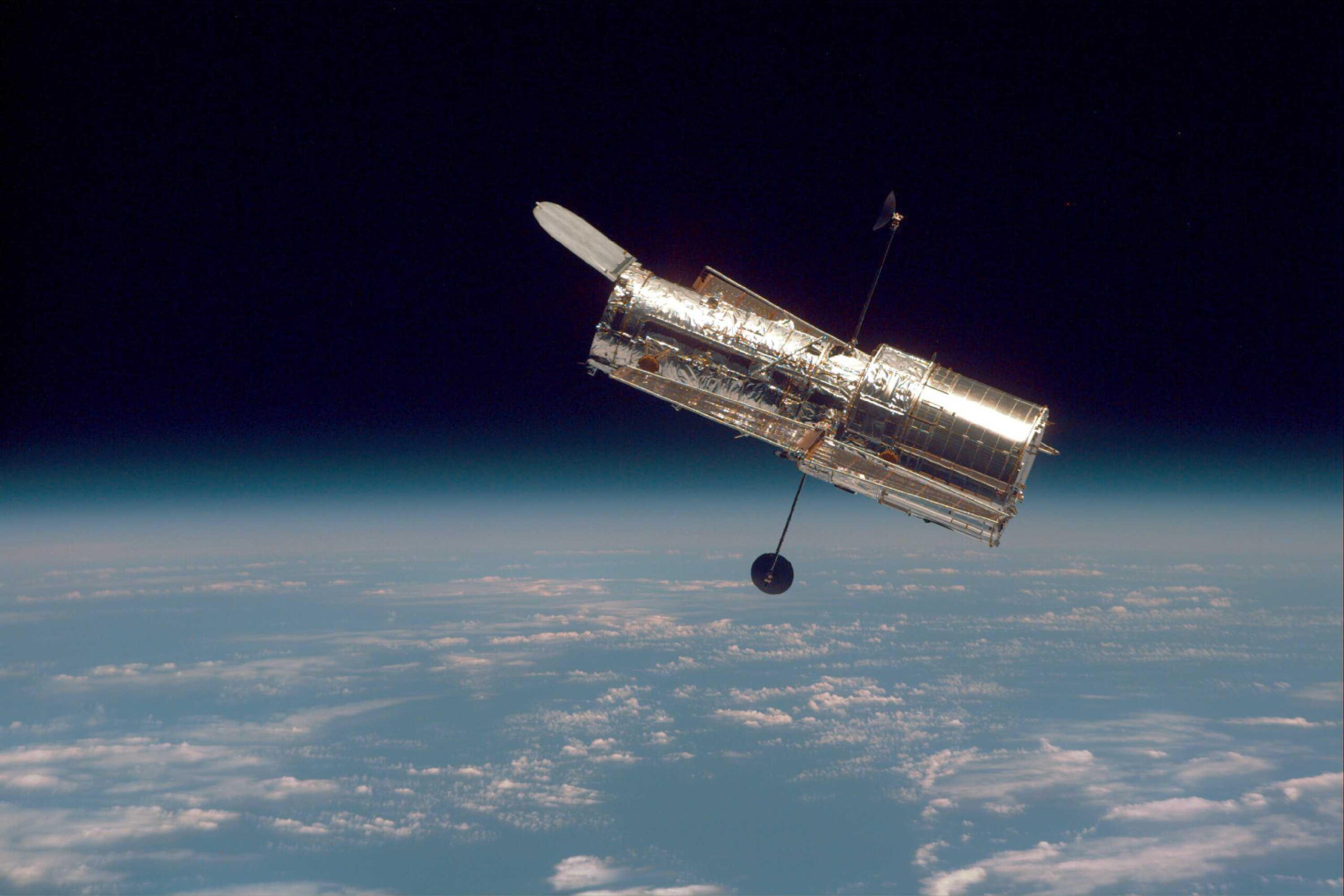The Mission That Could Extend Its Life by Years!
In the ever-evolving world of space exploration, the possibility of SpaceX’s Crew Dragon being used to service the Hubble Space Telescope has sparked significant interest. This innovative mission, suggested by Jared Isaacman, could not only extend Hubble’s operational life but also demonstrate the incredible capabilities of modern space technology. In this podcast episode, we delve into the technical challenges and potential solutions for this ambitious mission, exploring the key elements that make it both feasible and exciting.
The Legacy of Hubble
The Hubble Space Telescope, launched by NASA in 1990, has been a cornerstone of astronomical discovery for over three decades. Orbiting at an altitude of approximately 547 km with an inclination of 28.5 degrees, Hubble has provided unprecedented views of the cosmos, contributing to countless scientific breakthroughs. However, over time, atmospheric drag has caused Hubble’s orbit to decay, threatening its continued operation. Raising Hubble’s orbit by just 10 km could significantly prolong its life, but the question remains: how can this be achieved?
Enter SpaceX’s Crew Dragon
SpaceX’s Crew Dragon, renowned for its successful missions to the International Space Station (ISS), is equipped with 16 Draco thrusters and carries about 1,200 kg of hypergolic propellant. With a delta-v capability of approximately 300-340 m/s, Crew Dragon is well-suited for complex orbital maneuvers. However, the challenge lies in navigating the differences in altitude and inclination between Hubble and the ISS. Hubble orbits at 547 km, while the ISS is at 420 km with a higher inclination of 51.6 degrees, making a direct mission to Hubble more practical.
The Polaris Dawn Mission and EVA Capabilities
Jared Isaacman’s Polaris Dawn mission is set to pave the way for future EVA operations using SpaceX’s EVA suit. This mission will address key issues such as airlock management and suit functionality, crucial for any potential Hubble servicing mission. The ability to conduct EVAs will be essential for repairing and upgrading Hubble, ensuring its continued scientific contributions.
Feasibility and Challenges
One of the primary concerns is whether Crew Dragon has enough fuel to reach Hubble, perform the necessary boosts, and return safely to Earth. Calculations indicate that with careful planning, this is within the realm of possibility. The mission duration would depend on various factors, including the time spent on EVAs and orbital maneuvers, but Crew Dragon’s life support systems are designed to sustain astronauts for extended periods, making this mission feasible.
Conclusion: A New Era of Space Servicing?Your Content Goes Here
While the technical challenges are significant, the potential rewards of a Crew Dragon mission to Hubble are immense. Extending Hubble’s life by several years would allow for continued astronomical discoveries and inspire future generations of scientists and engineers. With NASA and SpaceX’s collaborative efforts, this mission could become a reality, showcasing the power of modern space technology and the enduring legacy of the Hubble Space Telescope.
Stay tuned to Jetstreams and Rocket Dreams for more in-depth discussions on the latest in space exploration, NASA missions, and SpaceX innovations. Don’t miss our latest podcast episode, where we explore the feasibility and excitement surrounding this potential mission to save Hubble!


Leave A Comment